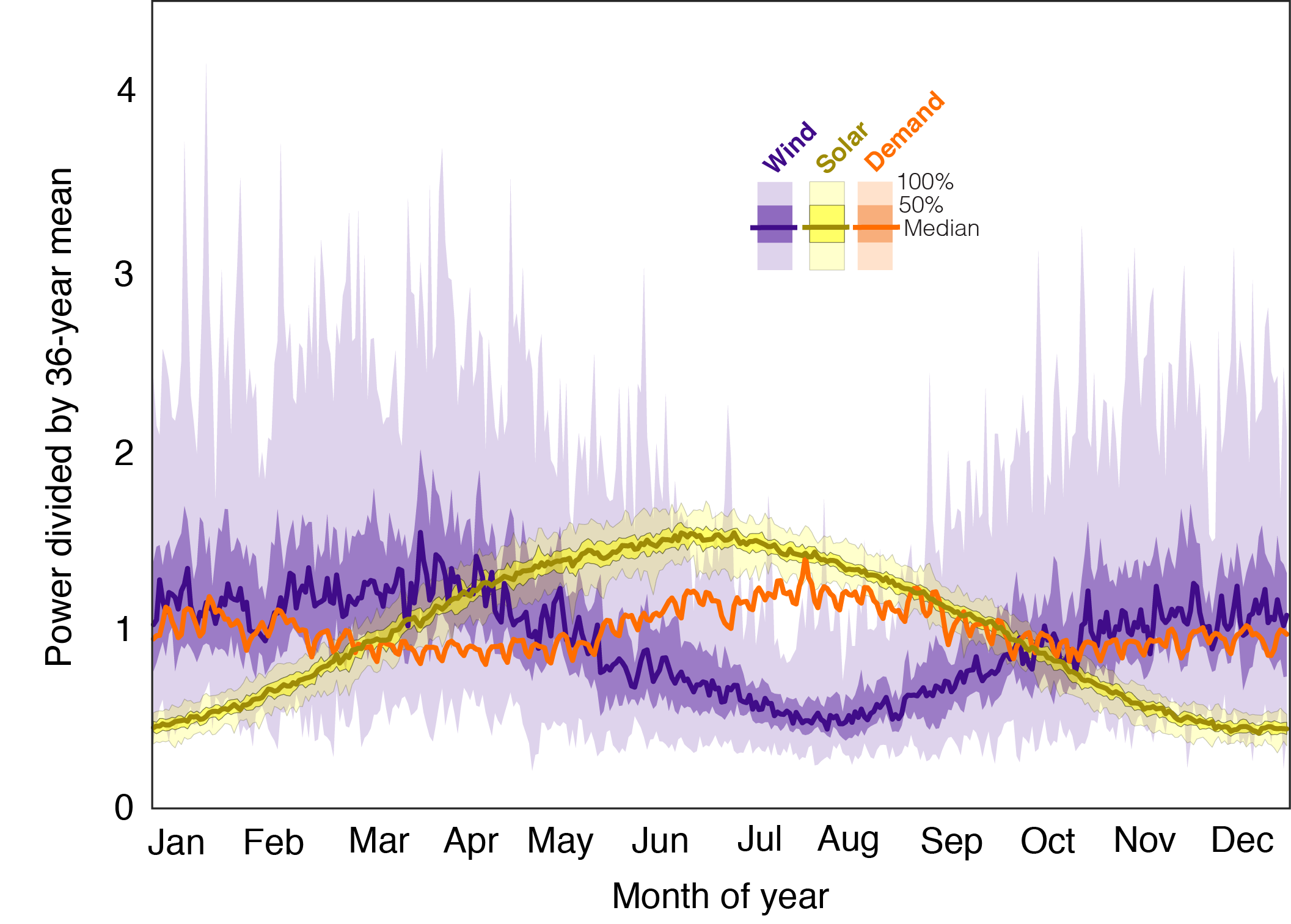I am refining and extending a back-of-envelope calculation here that I did for an interesting discussion on the Carbon Dioxide Removal google group about Marzeion et al. (2018), which concluded that mountain glaciers contribute about 15 kg of ice melt for each kg of CO2 released.

Figure 2 from Winkelmann et al. (2015) indicating how much Antarctic ice loss is projected to occur as a result of different amounts of cumulative carbon dioxide emission, over the next one, three and ten millennia. Note that 10,000 GtC of cumulative emissions results in about 60 m (about 200 ft) of sea-level rise over the long term (taking additional contributions from Greenland and mountain glaciers into account).
According to the USGS, there 24,064,000 km3 of ice and snow in the world.
According to Winkelmann et al. (2015), it would take about 10,000 GtC to melt (nearly) all of this ice.
If we divide 24,064,000 km3 by 10,000 GtC, assume the density of the ice is 1 kg per liter, and do the appropriate unit conversions, we can conclude that each kg of carbon emitted as CO2 will ultimately melt about 2,400 kg of ice. This is a huge number.
Another way of expressing this is that each pound of carbon released to the atmosphere as CO2 is likely to end up melting more than a ton of glacial ice.
Often, people like to think in units of tons or kg of CO2 instead of tons or kg of carbon. In these units, each kg of CO2 ultimately melts about 650 kg of glacial ice.
Each American emits on average about 16 tons of CO2 to the atmosphere each year, primarily from the burning of coal, oil and gas, and atmospheric release of the resulting waste CO2.
This works out to about 1.8 kg (about 4 pounds) of CO2 per hour per American. This is more than twice the per capita emission rate of Europe and about twenty times the per capita emission rate for sub-Saharan Africa.
If I am an average American, the CO2 emissions that I produce each year (by participating in the broader economy) will be responsible for melting about 10,000 tons of Antarctic ice, adding about 10,000 cubic meters of fresh water to the volume of the oceans.
That works out to about more than a ton of Antarctic ice loss for each hour of CO2 emissions from an average American. Every minute, we emit enough CO2 to add another five gallons of water to the oceans through glacial ice melt.
If you do the units conversion, this means that each American on average emits enough CO2 every 3 seconds to ultimately add about another liter of water to the oceans. The Europeans emit enough CO2 to add another liter to sea-level rise every 8 seconds, and the sub-Saharan Africans add a liter of seawater’s worth of CO2 emissions every minute.
In my freezer, there is an ice cube tray with 16 smallish ice cubes. The ice cubes in this tray all together had a mass of 345 g, or about 1/3 of a kg. That means that I am responsible for, every second, emitting enough CO2 to melt about an ice-cube-tray’s worth of Antarctica.
Economists often like to think in terms of “carbon-intensity of our economy” meaning how much CO2 to we emit per dollar of value produced or consumed. We can also think about the “ice-intensity of our economy”: How much ice is melted per dollar of value produced or consumed?
In the United States, per capita GDP is a little less than $60,000 per year. If our CO2 emissions per capita will ultimately melt about 10,000 tons of ice, that means that, on average, for every $6 we spend in our economy, we are melting another ton of ice.
In the European Union, per capita GDP is a little over $32,000 per year. If you do the math, this works out to a ton of ice of ice ultimately melted for every $8 (7 euros) spent in their economy.
Sub-Saharan Africa has a per capita GDP a little over $1400 per year. Their per capita GDP is about 1/40th of per capita GDP in the US, but their per capita emissions are about 1/20th of ours. This means that on average, for every $3 spent in Sub-Saharan Africa, about one ton of ice will ultimately be melted.
Admittedly, by the time scales of our ordinary activities, ice sheets take a long time to melt. The melting caused by a CO2 emission today will extend out over thousands of years.
There are complex moral questions related to balance short-term and long-term interests. Not everyone thinks we should be taking the long-term melting of Antarctica into account.
However, if the ancient Romans had undergone an industrial revolution similar to ours and fueled a century or two of economic development using fossil-fuels with disposal of the waste CO2 in the atmosphere, sea level today would be rising about 3 cm each year (more than an inch a year) due to the long-term effects of their emissions on the great ice sheets.
If their scientists had told them of the long-term consequences, but they had nevertheless decided to neglect those consequences so that they could be a few percent richer in the short term, I imagine that we would take a fairly dim view of their moral standing.
Post updated 26 March 2018.


